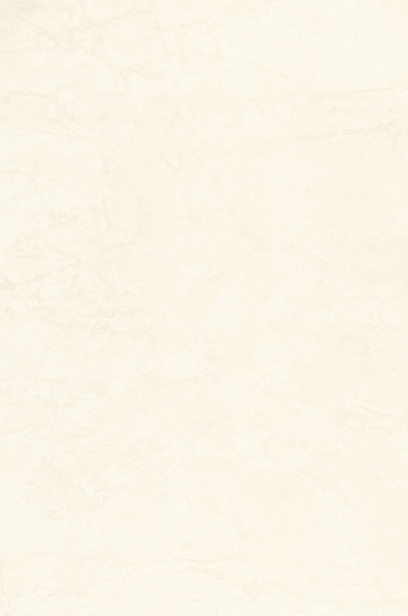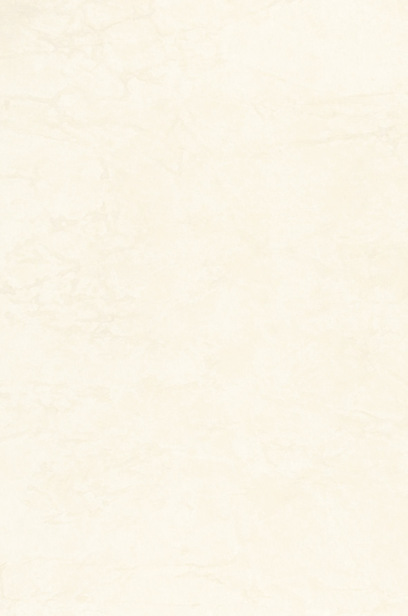An Illustrated Outline of Buddhism: The Essentials of Buddhist Spirituality (6 page)
Read An Illustrated Outline of Buddhism: The Essentials of Buddhist Spirituality Online
Authors: William Stoddart,Joseph A. Fitzgerald
Tags: #Philosophy

The second, or practical, component of religion may be broken
into two: namely, worship and morality. Worship, the sacramental ele-
ment properly so-called, general y takes the form of participation in
the revealed rites (public or private) of a given religion, with a view to
conforming man’s will to the norms of the Absolute, in other words,
to the will of God. Morality, the social element, is “doing the things
which ought to be done, and not doing the things which ought not to
be done”. Some of the contents of morality are universal: “thou shalt
not kil ”, “thou shalt not steal”, etc.; and some of the contents are spe-
cific to the religion in question: “thou shalt not make a graven image”,
“whom God hath joined together, let no man put asunder”, etc.
We have thus reached the three elements which René Guénon
considered to be the defining features of every religion: dogma, wor-
ship, and morality. When raised to a higher or more intense degree,
namely that of spirituality or mysticism, they become, in the words
of Frithjof Schuon: truth, spiritual way, and virtue. The purpose of a
spiritual way is the assimilation or realization of divine truth—in other
words effectively to know and love God.

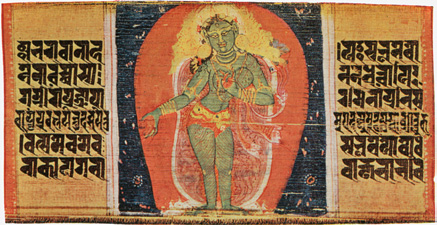
6
An Illustrated Outline of Buddhism
The most important single point about religion is that it is not
man-made. Religion is not invented by man, but revealed by God.
Each religion is a unique revelation of Ultimate Reality. Divine revela-
tion is a
sine quâ non
;
without it, there is no religion, only man-made
ideology, in which there is no guarantee of truth and above all no sac-
ramental or salvational means.
The next important fundamental is tradition. Having once been
revealed, religion is then handed down—unchanged in essence, but of-
ten increasingly elaborated in expression—from one generation to the
next, by the power of tradition. And final y, closely linked with tradi-
tion, comes the attribute of orthodoxy, which is viewed as the principle
of truth, or, at the practical level, the preservation of doctrinal purity.
In summary: religion’s essential contents comprise dogma, wor-
ship, and morality; and religion’s indispensable “container” or frame-
work comprises revelation, tradition, and orthodoxy.
Page from the
Astasāhasrikā Prajñāpāramitā Sutra
,
depicting Green Tārā (
center
), Nepalese script, 11th century
It is difficult for pleasure-loving people to understand the causes
of things.
The Buddha (
Majjhima-Nikāya
, ii, 32)
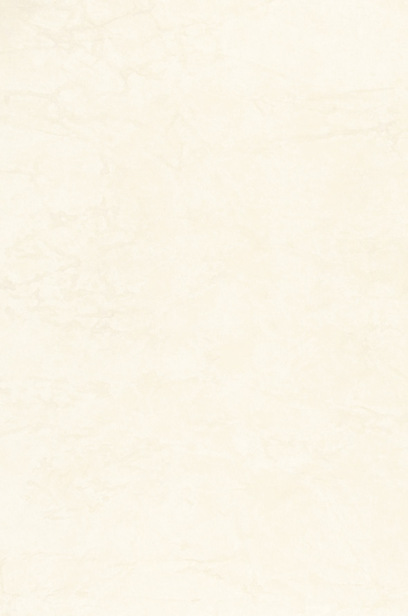
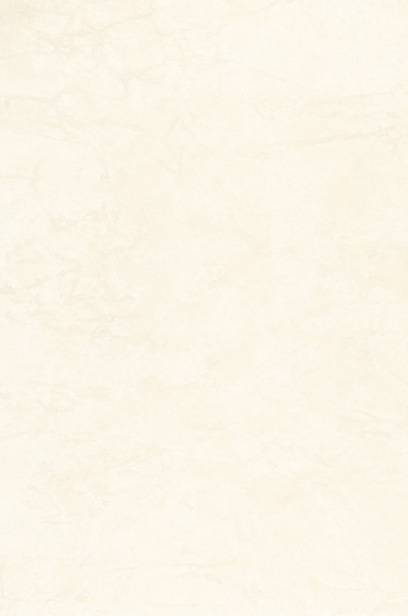
7
(3) What is Orthodoxy?
Nowadays, more often than not, orthodoxy is considered to be simply
a form of intolerance: one set of people imposing their own views on
others. In this connection, however, it is useful to recall the first item on
the “Eightfold Path” of Buddhism: this is “right views” or “right think-
ing”. It is obvious why “right thinking” should enjoy pride of place, for,
both logical y and practical y, it is prior to “right doing”. And what is
the English word (derived from Greek) that signifies “right thinking”?
None other than “orthodoxy”.
To take the matter further: 2 + 2 = 4 is orthodox; 2 + 2 = 5 is
unorthodox. Rather simple—but it also works the same way at much
loftier levels. Another way of looking at it is this: even in the circum-
stances of today, many people still preserve the notion of “moral pu-
rity”, and lay high value on it. Orthodoxy is “intellectual purity”, and
as such is an indispensable prelude to grace. Seen in this way—and far
from “telling others what to believe”—orthodoxy is no more than a ref-
erence to the primacy and priority of truth. Orthodoxy, indeed, is the
principle of truth that runs through the myths, symbols, and dogmas
which are the very language of revelation.
Like morality, orthodoxy may be either universal (conformity to
truth as such) or specific (conformity to the forms of a given religion).
It is universal when it declares that God is uncreated, or that God is
absolute and infinite. It is specific when it declares that Jesus is God
(Christianity), or that God takes the triple form of Brahmā, Vishnu,
and Shiva (Hinduism).
Departure from orthodoxy is heresy: either intrinsic (for example,
atheism or deism), or extrinsic (for example, an adherent of a Semitic
religion rejecting the divinities of the Hindu and Greek pantheons).
Orthodoxy is normal, heresy abnormal. This permits the use of a
medical metaphor: the study of the various traditional orthodoxies is
the affair of the religious physiologist, whereas the study of heresies
(were it worthwhile) is the affair of the religious pathologist.
The notion of orthodoxy is particularly important in a world in
which the great religions have become explicitly aware of one another,
and in which their adherents often live cheek by jowl. It is similarly
important in the field of comparative religion. This point has been well
expressed by Bernard Kel y:

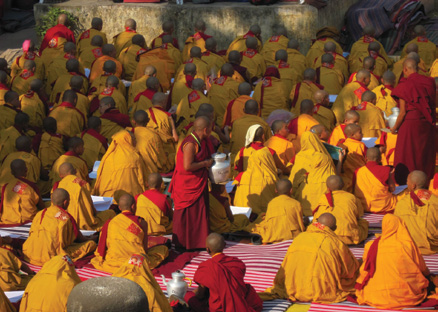
8
An Illustrated Outline of Buddhism
Confusion is inevitable whenever cultures based on pro-
foundly different spiritual traditions intermingle without
rigid safeguards to preserve their purity. The crusader with
the cross emblazoned on his breast, the loincloth and spindle
of Mahātmā Gandhi when he visited Europe, are images of
the kind of precaution that is reasonable when traveling in a
spiritual y alien territory. The modern traveler in his bowler
hat and pin stripes is safeguarded by that costume against any
lack of seriousness in discussing finance. Of more important
safeguards he knows nothing. The complete secularism of the
modern Western world, wherever its influence has spread, has
opened the floodgates to a confusion which sweeps away the
contours of the spirit. . . . Traditional norms . . . provide the
criteria of culture and civilization. Traditional orthodoxy is
thus the pre-requisite of any discourse at all between the Tra-
ditions themselves.1
Monks reciting the scriptures, Bodh-Gayā, northern India
1
Dominican Studies
(London), vol. 7, 1954, p. 256.
